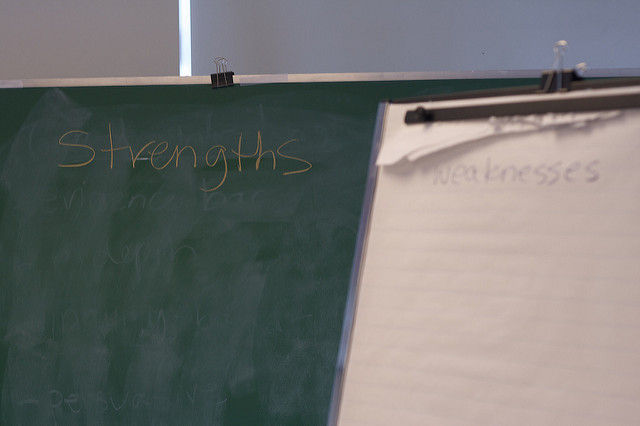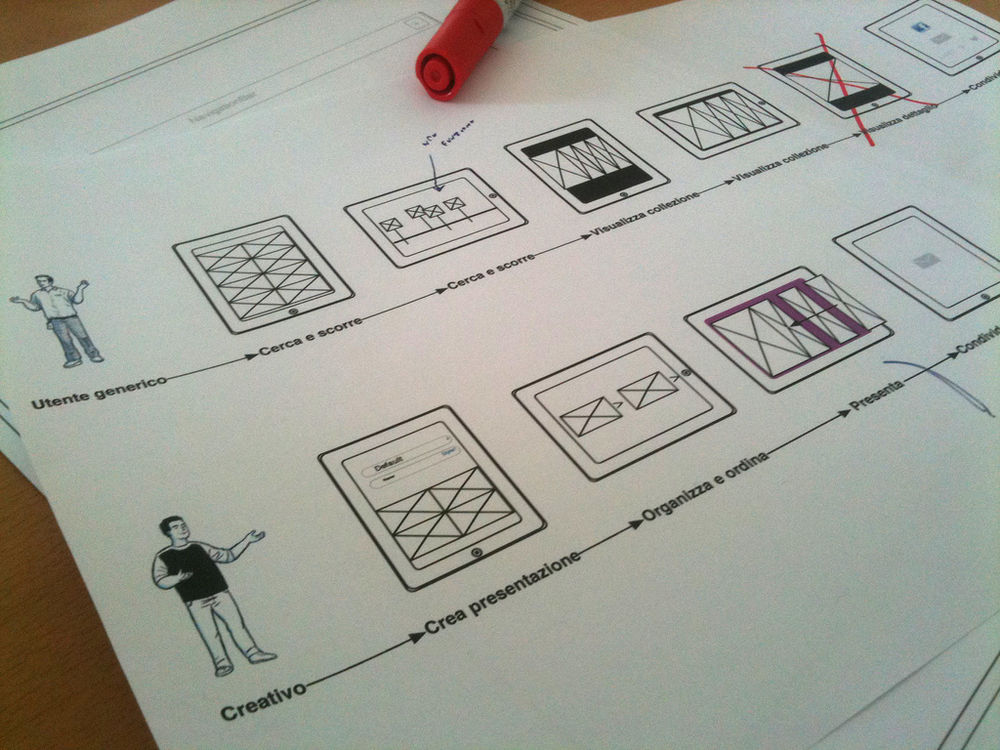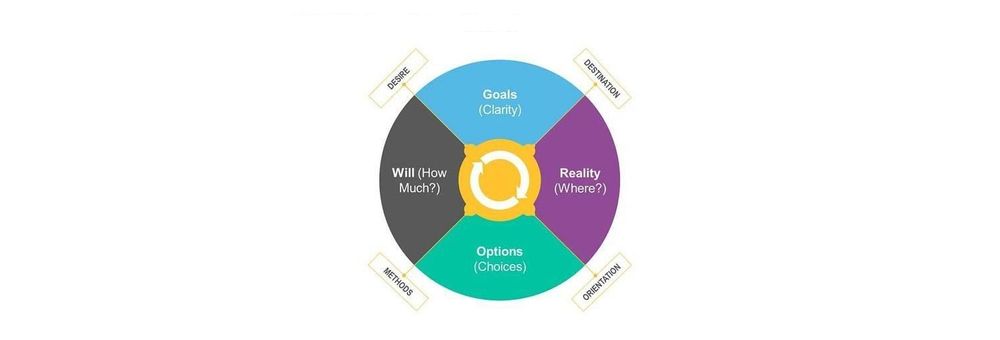Hillary Rettig, the author of The Seven Secrets of the Prolific: The Definitive Guide to Overcoming Procrastination, Perfectionism and Writer’s Block says; “High Value Activities (HVAs) are within your mission, leverage, your strengths and create impact or change.”
She also says; “They also create clarity and open your schedule. Delegating your non-HVA activities also helps create community. After all, they could very well be someone else’s HVAs.”
It’s important to note those four components of the High Value Activity:
Within your mission
Within your leverage
Within your strengths
Creates impact or change
Within Your Mission
What does this mean? Well, it means that you need to look for HVAs that fall within your role or within the role that you are aiming to fill. All too often it can be tempting for talented people to try and take on work from everywhere in an organization. The trouble is that work that doesn’t fall within your role – doesn’t add value to the people who will promote you and/or assess your annual raise.

Author/Copyright holder: Fredrik Rubensson. Copyright terms and licence: CC BY-SA 2.0
That doesn’t mean you have to avoid everything outside of your role, people who won’t take up the oars, when the boat is short-staffed, suck but it does mean you have to try, wherever possible, to stay on course.
If you’re a UX designer – your role is UX design and not sales or marketing, etc. Your mission is to make products better; any work you do that doesn’t further that mission is not an HVA.
Within Your Leverage
You might describe. If you don’t have the control (or can’t obtain the control) necessary to fulfil a task – you’re unlikely to be able to complete it. Tasks that don’t get finished aren’t HVAs.
So, for example, you may want to conduct an intensive ethnographic study for a new market but if you can’t swing the budget and the resources because you don’t have the political clout to get them; you’d be better off looking to alternative projects (which might not be quite as good or exciting) which you can pull off instead.
Within Your Strengths
Everyone has . If you can recognize your strengths in the workplace, you can play to those strengths.
If you don’t really know what your strengths are – you can always ask your colleagues and your management team what they perceive them to be. In fact, this can be a very useful and insightful exercise on its own, if you can identify your strengths and weaknesses not only can you play to your strengths but you can start to work on eliminating weaknesses that are holding your career back.

Author/Copyright holder: Paul Pival. Copyright terms and licence: CC BY-SA 2.0
It’s not always possible to play to your strengths all the time. This is even more true if you work as a solo designer within a smaller organization – there are going to be occasions when you just have to deal with your weaknesses. However, there is a distinct advantage on focusing your efforts on things you do well when you have a choice; you’re going to deliver much better work in these instances.
Creates Impact or Change
You can do work that’s within your mission, within your leverage and which plays to your strengths and still fail to do HVAs. If the work doesn’t create meaningful impact or change – it’s not an HVA.
So a UX designer, who produces an insight that enables a better user experience which, in turn, leads to higher levels of sales for the product, has created meaningful impact. A UX designer, who produces a lovely research report that doesn’t get acted on, has not.
You need to see impact or change from a business perspective. What can you do that provides meaningful impact or change for a business?

Author/Copyright holder: Unknown. Copyright terms and licence: Unknown.
Well, from the highest possible level there are only two useful (or meaningful) outputs from an activity for a business – an increase in sales or sales margins and/or a decrease in costs.
We don’t create great user experiences for the sake of it. We do it to increase market share or to reduce the number of customer care calls that the business receives.
Typical HVAs within a business environment include:
Increasing productivity (doing more with less)
Improving the user and/or customer experience (increasing sales and loyalty)
Increasing sales by linking products together (cross-sell/up-sell opportunities for increased revenue)
Reducing wastage (in either production, operations or logistics in particular)
Eliminating unnecessary tasks
Think about it. If you were in your boss’s shoes who would you promote? The person who does the nicest reports or the person who made an additional $2 million in sales for the company? The person who has the best understanding of UX research or the person who can show how they used their research to halve customer complaints?
How Do I Avoid Non-HVAs?
It’s worth remembering that we all have to engage in some non-HVA activity. There are meetings to attend and e-mails to answer. However, there are many activities that aren’t HVAs that we could get rid of.
You can delegate (or offload) non-HVA activity and in particular you can delegate (or offload) the activity to somebody for whom it is an HVA. That’s a win-win in that not only are you free of the task but you’ve given it to someone who can shine for carrying it out. Offloading requires a little negotiation with the other party to get them to take on the work but delegation is simply a factor of effective management.
You might also want to question whether the activity is needed at all. Some activities in nearly every workplace are done just because they always have been done not because they add any real value. Question everything before you begin work on it. If you find that an activity adds no value; try and cut it out completely – this in itself is an HVA.
The Take Away
HVAs are our opportunity to shine. They allow our bosses (and clients) to appreciate our work and reward us appropriately for our efforts. Better still, HVAs are usually the things we enjoy doing the most – playing to your strengths offers the opportunity to have fun while you work.
You need to think about what your mission, leverage and strengths are and ensure that the majority of things you do lay within these boundaries. The final question is then simply; will this activity have impact or change? If you can answer yes to that question – you’ve found an HVA! Have fun doing it. If the answer is no, work out whether someone else might be better suited to the task and pass it on or try and eliminate the task completely.
Resources
J D Meier takes a look at 10 high-value activities within enterprise settings on his blog here: http://blogs.msdn.com/b/jmeier/archive/2014/09/06/10-high-value-enterprise-activities.aspx
Chris Marr takes a look at how to identify HVAs here: http://www.learning-everyday.co.uk/what-are-your-high-value-activities/
Charlie Gilkey examines HVAs in a slightly different context which may help you think harder about your own HVAs: http://www.productiveflourishing.com/what-are-your-high-value-activities/
You might also want to buy a copy of Hilary’s book The Seven Secrets of the Prolific: The Definitive Guide to Overcoming Procrastination, Perfectionism and Writer’s Block which is available from Amazon here: http://www.amazon.co.uk/The-Secrets-Prolific-Procrastination-Perfectionism/dp/098364540X (Note: The Interaction Design Foundation does not use affiliate links and does not earn a commission on any Amazon purchases you may make)
Hero Image: Author/Copyright holder: The Republic Of Veggie .com Copyright terms and licence: CC BY-NC-ND 2.0











